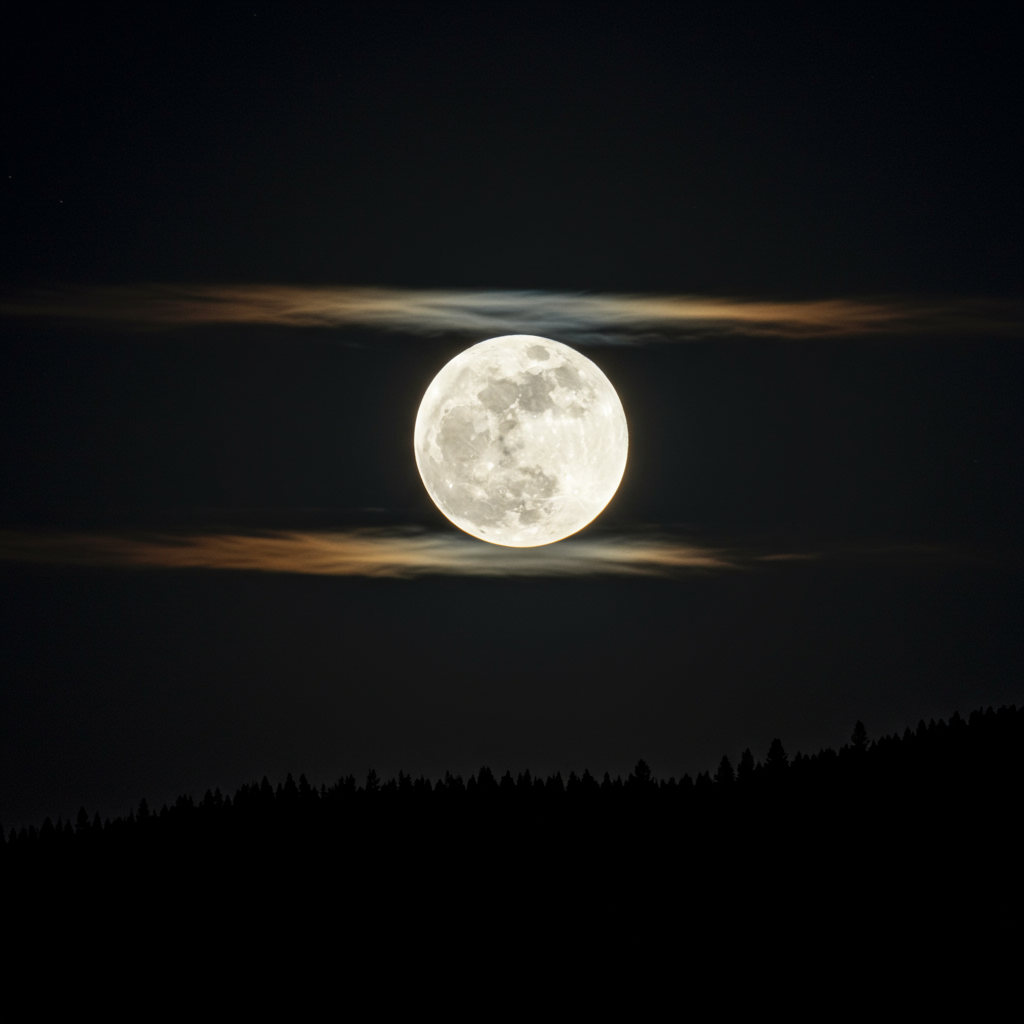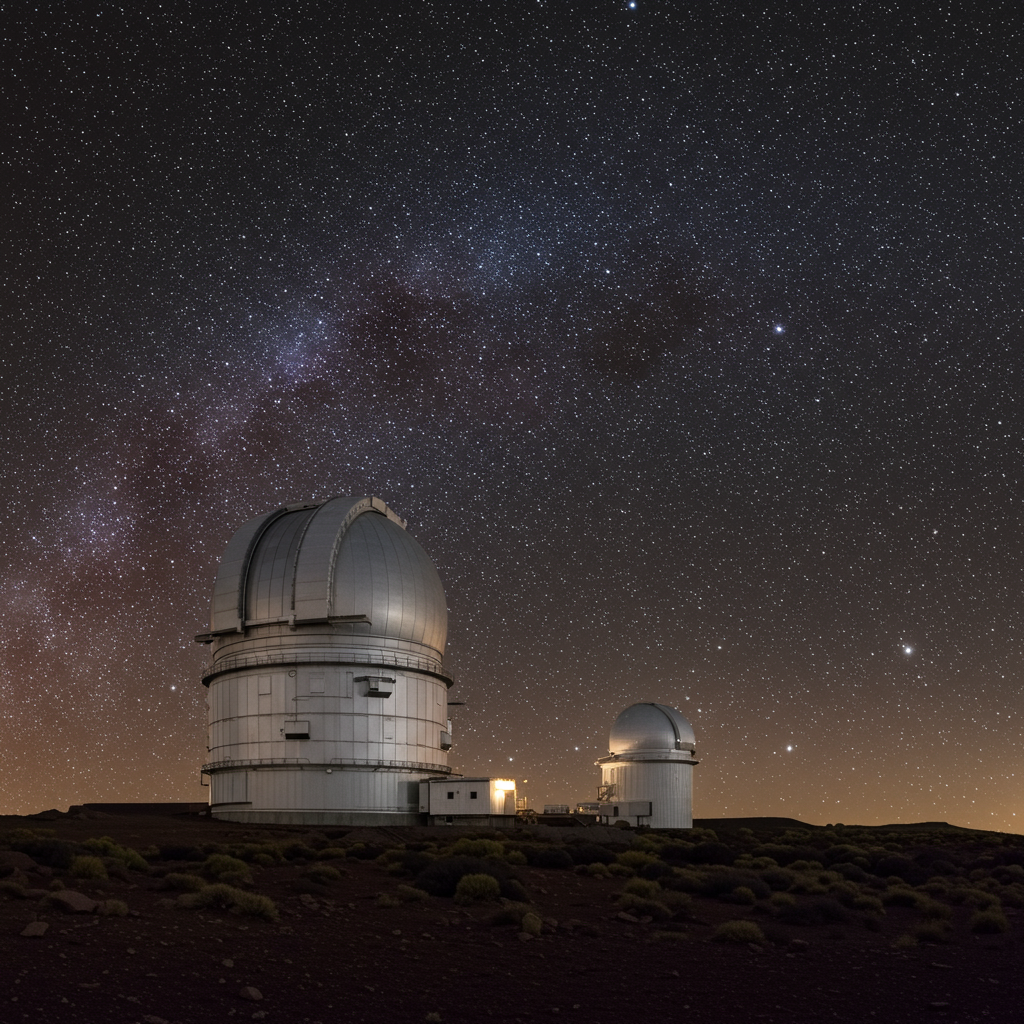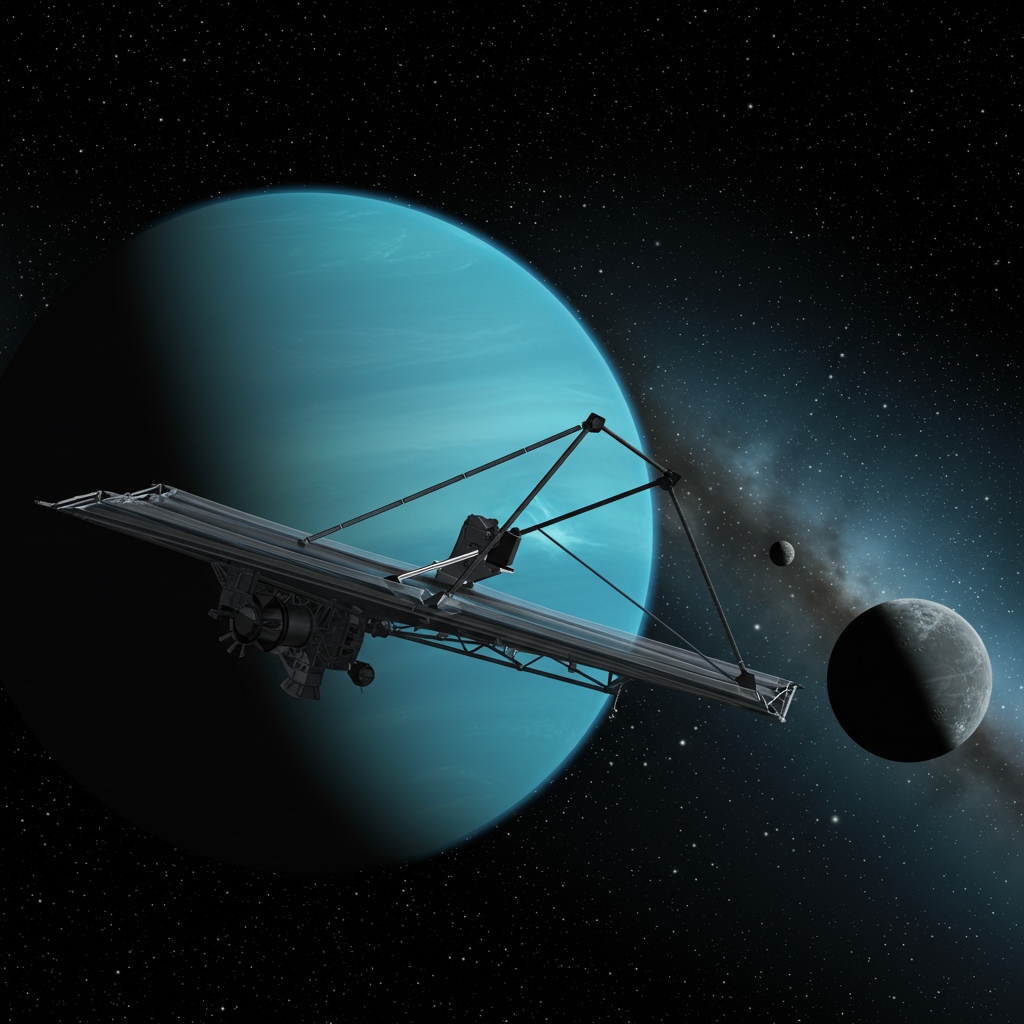Prepare for a dazzling celestial event this November as the 2025 Beaver Supermoon lights up the night sky. This highly anticipated full moon is poised to be the year’s biggest and brightest, offering a spectacular viewing opportunity for skywatchers across the globe. Our comprehensive guide will reveal everything you need to know about this lunar marvel, from its scientific definition and historical names to optimal viewing times and concurrent astronomical events. Get ready to turn your gaze upwards and experience the moon like never before!
What Makes the 2025 Beaver Supermoon So Special?
The upcoming November 2025 full moon is not just any lunar phase; it’s a “supermoon,” and specifically, the most prominent one of the entire year. On Wednesday, November 5, 2025, at 8:19 a.m. ET (1319 GMT), the moon will reach its peak illumination, appearing exceptionally large and brilliant. This particular supermoon will achieve an incredible proximity to Earth, estimated at approximately 221,818 miles (356,980 kilometers). This makes it the closest full moon of 2025 and the nearest encounter since February 2019, promising an unforgettable display.
The Science Behind a Supermoon
The phenomenon we call a supermoon occurs due to the moon’s elliptical orbit around our planet. This means its distance from Earth constantly varies. When a full moon coincides with the moon reaching its perigee – its closest point to Earth in this orbit – we witness a supermoon. During this celestial alignment, the moon can appear approximately 14% larger and shine up to 30% brighter compared to when it’s at its farthest point, known as apogee, according to NASA. While this difference might be subtle to the casual observer, careful skywatchers will notice its enhanced presence. This November’s Beaver Supermoon is part of a series of supermoons occurring in 2025, underscoring a period of heightened lunar activity.
Optimal Viewing: When and How to See the Beaver Supermoon
While the Beaver Supermoon officially reaches its full phase on November 5, the absolute best time to observe its grandeur will be on Thursday evening, November 6. For an even better experience, it will also appear bright and full on Tuesday, November 4. A full moon, especially a supermoon, is most impressive as it ascends on the eastern horizon during early twilight, shortly after sunset. This specific timing creates a captivating optical illusion, making the moon appear even larger than usual.
Best Times and Locations
To maximize your viewing pleasure, pinpoint the exact moonrise time for your specific location. Websites and astronomy apps can provide precise local moonrise schedules. Finding an unobstructed view of the eastern horizon is crucial. As the Beaver Supermoon makes its ascent on November 6, it will be visible within the constellation Taurus, appearing very close to the beautiful Pleiades, an open cluster of stars also known as the Seven Sisters. For those in the Northern Hemisphere, this late fall moon will ride high in the sky, reaching altitudes of up to 72 degrees in places like New York City, enhancing its perceived brightness. Southern Hemisphere viewers will see it lower on the horizon.
Enhance Your Skywatching Experience
No specialized equipment is strictly necessary to enjoy the Beaver Supermoon; your naked eye is sufficient to appreciate its enhanced size and brightness. However, if you wish to delve deeper into its lunar features or get a closer look at the nearby constellations, a pair of binoculars or a telescope can significantly enrich your experience. Even a basic pair of binoculars will reveal more details on the moon’s surface, making it an even more rewarding observation. Remember to find a location away from city lights for the clearest views, especially if you plan to observe other celestial phenomena.
Unearthing the Name: Why “Beaver Moon”?
The full moon of November is traditionally known as the “Beaver Moon” in North America. This name originates from a blend of European settler traditions and Native American observations. Historically, November marked the time when beavers were actively building their winter dams and preparing for the colder months, having already gathered their food supplies. For early colonists and Native peoples, this period was also significant for setting beaver traps before the waterways froze, ensuring a supply of warm, thick pelts for the winter fur trade. This practical connection to the natural world and seasonal activities cemented its common name.
Indigenous and Global Perspectives on November’s Full Moon
Beyond the “Beaver Moon,” numerous indigenous tribes and cultures worldwide have their own unique and descriptive names for November’s full moon, each reflecting local observations of nature, seasonal changes, or cultural practices. These names offer a rich tapestry of understanding our natural world:
Frost Moon, Snow Moon, or Freezing Moon: Many tribes, including the Haida, Cherokee, and Anishinaabeg (who call it Baashkaakodin Giizis), observed the onset of colder temperatures, frost, and the first snowfalls. The Cree refer to it as “Kaskatinowipisim” or “Freeze up Moon.”
Trading Moon: The Cherokee also used this name, signifying the period of active markets after harvest.
Mourning Moon or Darkest Depths Moon: Reflecting deeper, more introspective themes associated with the shortening days.
Deer Rutting Moon (Dakota, Lakota): Observing the mating season of deer.
Digging/Scratching Moon (Tlingit): When bears prepare their winter dens.
Whitefish Moon (Algonquin): Indicating the spawning period for this fish.
Moon of the Popping Trees (Oglala) or Frost Exploding Trees Moon (Cree): Evoking the sounds of extreme cold.
Winter Maker Moon (Western Abenaki): Signifying the imminent arrival of winter.
Milk Moon (KhoiKhoi of South Africa): A unique name from a different continent.
Internationally, the November full moon also holds cultural significance, notably marking the festival celebrating Guru Nanak’s birth, the revered founder of Sikhism, observed as a public holiday in many parts of India. These diverse names highlight humanity’s enduring connection to the lunar cycle and its profound influence on daily life and cultural heritage.
Beyond the Moon: Other Celestial Wonders in November 2025
The 2025 Beaver Supermoon isn’t the only showstopper this November. Skywatchers will have multiple opportunities to experience other fascinating celestial phenomena, making it an exceptionally rewarding month for astronomy enthusiasts.
The 2025 Supermoon Sequence
The November Beaver Supermoon is a highlight in a series of consecutive supermoons. It follows October’s stunning Harvest Moon and precedes December’s Cold Moon, which is also slated to appear larger and brighter than average. Looking ahead to 2026, January’s Wolf Moon is also anticipated to be a supermoon. This sequence of lunar events provides several chances to witness the moon’s enhanced beauty. The current cycle of supermoons is expected to span from September 2025 to January 2026, with the next sequence not anticipated until November 2026.
Meteor Showers to Watch For
November 2025 is a prime month for meteor shower activity, with several significant displays overlapping with the Beaver Supermoon:
Southern Taurid Meteor Shower: Active from September 20 to November 20, this shower will peak on the night of November 4-5, coinciding perfectly with the Beaver Supermoon’s rise. Originating from the constellation Taurus, the Southern Taurids are known for their slow-moving meteors, often producing bright fireballs.
Northern Taurid Meteor Shower: Active from October 20 to December 10, the Northern Taurids will peak on the night of November 11-12. The overlap of both Taurid streams can create a spectacular “double” fireball display, enhancing the chances of seeing brilliant shooting stars.
Leonid Meteor Shower: A reliably popular shower, the Leonids are active from November 6 to 30, with their peak on the morning of November 18. Named after the constellation Leo, these meteors are caused by Earth passing through the debris left by Comet Tempel-Tuttle. With a waning crescent moon providing a dark sky on November 17, expect to see an average of 10 to 15 or more shooting stars per hour. For optimal viewing of any meteor shower, find a dark location around midnight and allow your eyes at least 30 minutes to adjust to the darkness.
Planets and Constellations in the Autumn Sky
Alongside the radiant Beaver Supermoon, observers in the Northern Hemisphere can spot several prominent planets and constellations. By 6 p.m. on the night of the full moon, Saturn will be easily visible as a bright yellow-white “star” in the southeast. Later, around 9:20 p.m. ET, Jupiter will rise, dominating the sky and accompanied by Castor and Pollux. Early risers might catch a glimpse of Venus just before sunrise, though it will be low on the horizon. Mars and Mercury will be obscured by the sun’s glare this month.
As for constellations, by 9 p.m., Capella (Auriga) and Aldebaran (Taurus) will be prominent in the northeast. The Great Square of Pegasus and Andromeda will be directly overhead, while Orion, with its distinctive three-star belt, will rise in the east-southeast by 10 p.m. Later in the night, Sirius (Canis Major), the brightest star in the sky, will make its appearance. For Southern Hemisphere observers, Saturn will be higher in the sky, and Canopus (Carina), the second brightest star, will be visible to the south.
A Rare Lunar Occultation
Adding another layer of interest, two days after its full phase, on the night of November 7-8, the moon will perform a rare occultation. It will pass directly in front of the star Beta Tauri, also known as Elnath. This event will be visible from parts of South America and western and central Africa. For example, in Formosa, Argentina, the star will disappear behind the moon around 11:03 p.m. local time on November 7 and reappear at 11:34 p.m. This provides a unique opportunity for observers in these regions to witness the moon’s movement in conjunction with a bright star.
Frequently Asked Questions
When is the 2025 Beaver Supermoon and why is it special?
The 2025 Beaver Supermoon reaches peak illumination on Wednesday, November 5, 2025, at 8:19 a.m. ET. It is special because it will be the biggest and brightest full moon of the year, appearing approximately 14% larger and 30% brighter than an average full moon. This occurs because it coincides with the moon’s perigee, its closest point to Earth in its elliptical orbit, reaching a distance of about 221,818 miles, the closest since February 2019.
What’s the best way to view the Beaver Supermoon and concurrent meteor showers?
For the Beaver Supermoon, the best viewing will be on Thursday evening, November 6, as it rises on the eastern horizon during early twilight after sunset. Knowing your local moonrise time is crucial. No special equipment is needed, but binoculars or a telescope can enhance the experience. For the Southern Taurid (peaking Nov 4-5) and Leonid (peaking Nov 18) meteor showers, find a dark location away from city lights around midnight and allow your eyes 30 minutes to adjust.
Are there any other notable celestial events to watch for in November 2025?
Yes, November 2025 is rich with celestial activity. The Beaver Supermoon is the second of three consecutive supermoons in 2025, with December’s Cold Moon following. You can also look for prominent planets like Saturn and Jupiter throughout the night, and observe constellations such as Taurus, Orion, and the Great Square of Pegasus. Additionally, on the night of November 7-8, the moon will occult (pass in front of) the star Beta Tauri, visible from parts of South America and Africa.
Embrace the Lunar Spectacle
The 2025 Beaver Supermoon offers a truly remarkable opportunity to connect with the cosmos. More than just a beautiful sight, it’s a celestial event steeped in science, history, and cultural significance. By understanding when and how to view it, along with the other wonders of the November night sky, you can transform a simple glance upward into a profound astronomical experience. So mark your calendars, find your prime viewing spot, and prepare to be captivated by the biggest and brightest full moon of the year. Don’t miss this unmissable lunar spectacle!




